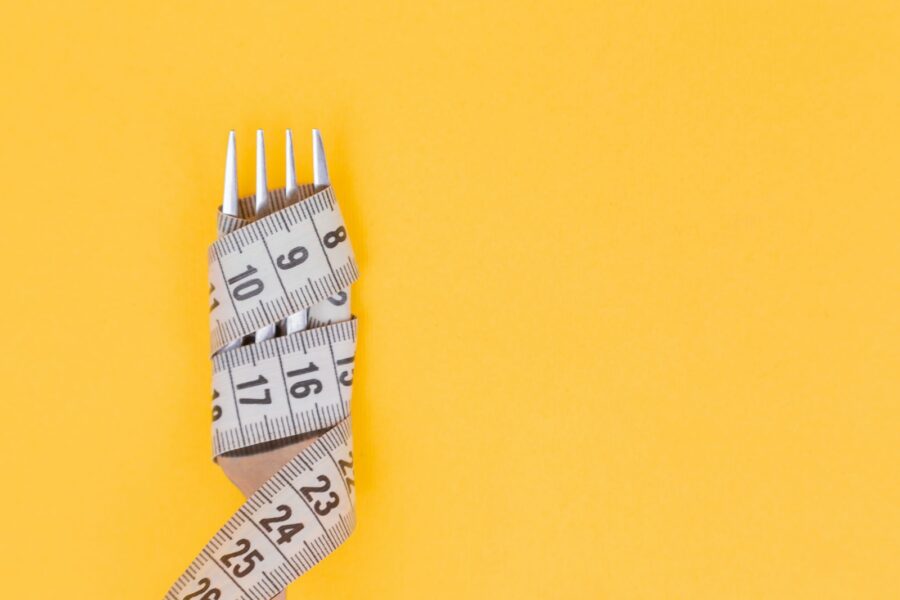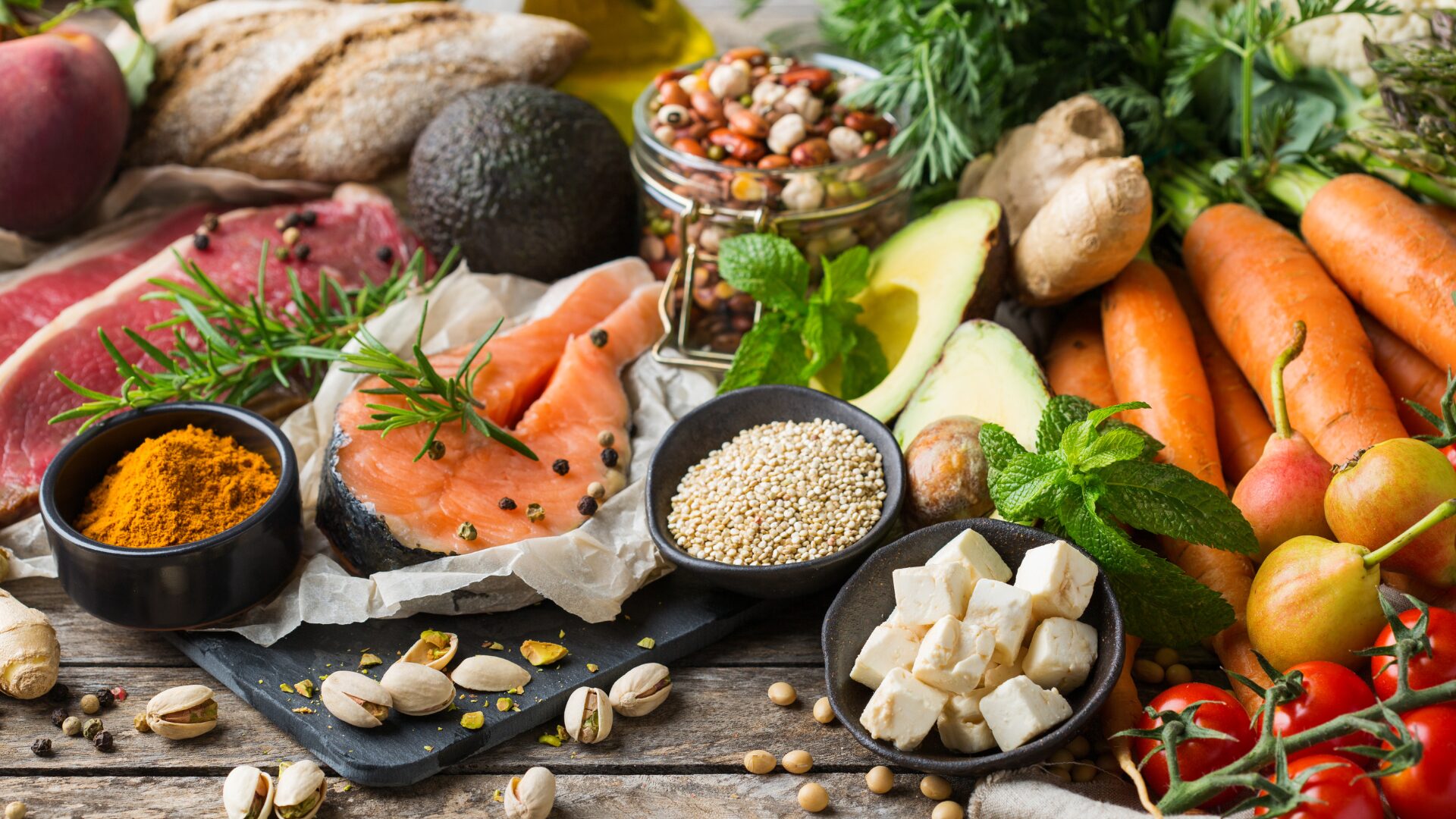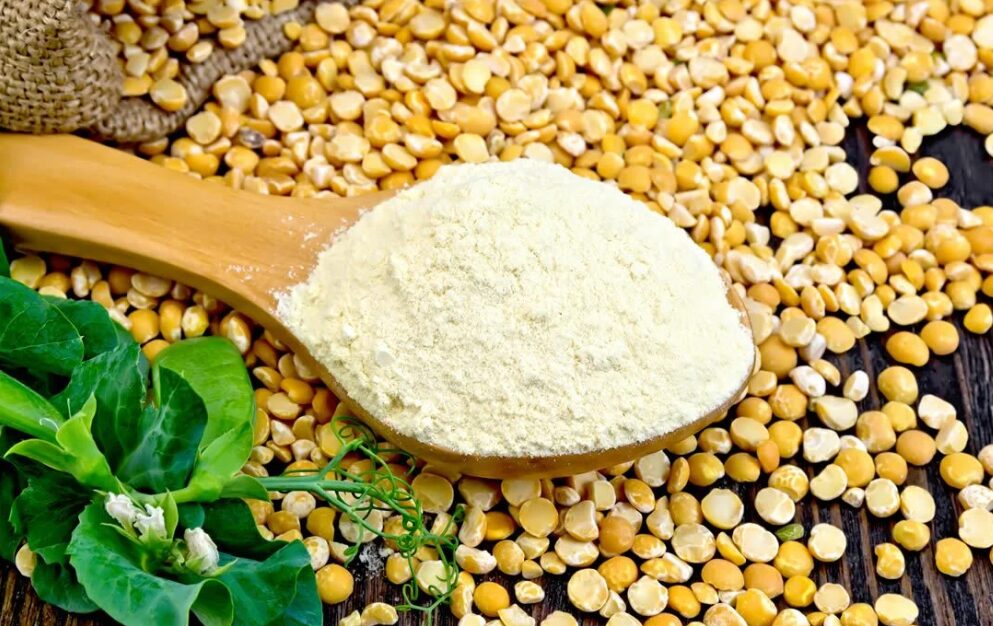A diet may help you lose weight quickly, but that doesn’t necessarily mean it’s a healthy choice.
To help people parse through the wealth of information (and misinformation) available today, the American Heart Association (AHA) scored popular diets against its own dietary guidance. The results were recently published in the peer-reviewed journal Circulation.
Here are the top 5 healthiest diets, ranked according to AHA guidelines:
5. Low-fat diets
According to the AHA, a “low-fat” diet is one that limits fat to less than 30% of total calories. This includes the Volumetrics diet and the Therapeutic Lifestyle Change (TLC) plan.
Low-fat eating is appealing because it’s not as restrictive as other options. “You can eat all the food you like,” Eva De Angelis, LDN, told The Food Institute. “Even high fat foods, as long as your daily fat intake stays within your set range.”
However, this flexibility can also be the pitfall of a low-fat diet. The AHA’s guidance suggests swapping saturated fat for healthier fats, such as mono- and polyunsaturated fats, while a typical low-fat diet treats all fats the same.
4. Vegan
A plant-based vegan diet that eliminates all animal products can be a very nutritious choice, if executed effectively. “A well-planned vegan diet,” said De Angelis, “is generally high in fiber, vitamin C, magnesium, iron, and folate and lower in calories and saturated fats.”
However, following a vegan diet does increase the risk of vitamin B-12 deficiency – a nutrient only found in animal products – which could cause red blood cell abnormalities. Additionally, the restrictive nature of a vegan diet can be difficult to maintain in the long-term, and turning to highly processed vegan foods is not always the healthiest option.
3. Vegetarian/Pescatarian
Vegetarian and pescatarian diets that eliminate meat but include eggs and dairy were ranked in the top tier of healthiest diets by the AHA. These two diets are very similar, save for the fact that pescatarians eat fish and vegetarians don’t.
The highest-rated diets all provide some degree of flexibility and a wide array of healthy foods to choose from, and the vegetarian and pescatarian diets are no exception. “We need a variety of wholesome foods to have enough good quality protein, healthy fats, fiber, vitamins, and minerals that promote good health,” explained De Angelis.
2. Mediterranean diet
The Mediterranean diet, based on the foods that people traditionally ate in countries bordering the Mediterranean Sea, achieved a nearly perfect score from the AHA.
While there are no concrete rules for this diet, it typically promotes consuming fruits, vegetables, whole grains, legumes, nuts, seeds, and heart-healthy fats. Meanwhile, added sugar, processed foods and refined grains are restricted.
But because the Mediterranean diet doesn’t explicitly address added salt and allows for moderate alcohol consumption (as opposed to avoiding or limiting alcohol), it was given a slightly lower score than the No. 1 healthiest diet…
Drumroll, please.
1. DASH diet
The DASH diet meets all of the AHA’s guidelines and received a perfect score. Simply put, this diet restricts everything that could be considered unhealthy (sodium, alcohol, sweets, saturated fats), while prioritizing the most nutritious foods.
That means eating plenty of non-starchy fruits and vegetables, whole grains and legumes, while enjoying moderate portions of low-fat dairy products, lean meats, fish, nuts, and heart-healthy fats. It’s a well-rounded diet that emphasizes foods naturally rich in potassium, calcium, magnesium, fiber, and protein.
“The DASH diet is, by far, the best heart-healthy option in my opinion,” said De Angelis. The American Heart Association clearly agrees.
The Food Institute Podcast
Convenience stores often get a bad rap for lackluster foodservice options, but the category has expanded to include better foodservice options in the past few years. Circana SVP of Retail Client Solutions Scott Love joined The Food Institute Podcast to explore how C-stores are utilizing data more than ever before, and how the industry is adapting to changing consumer habits amid inflationary pressures.












